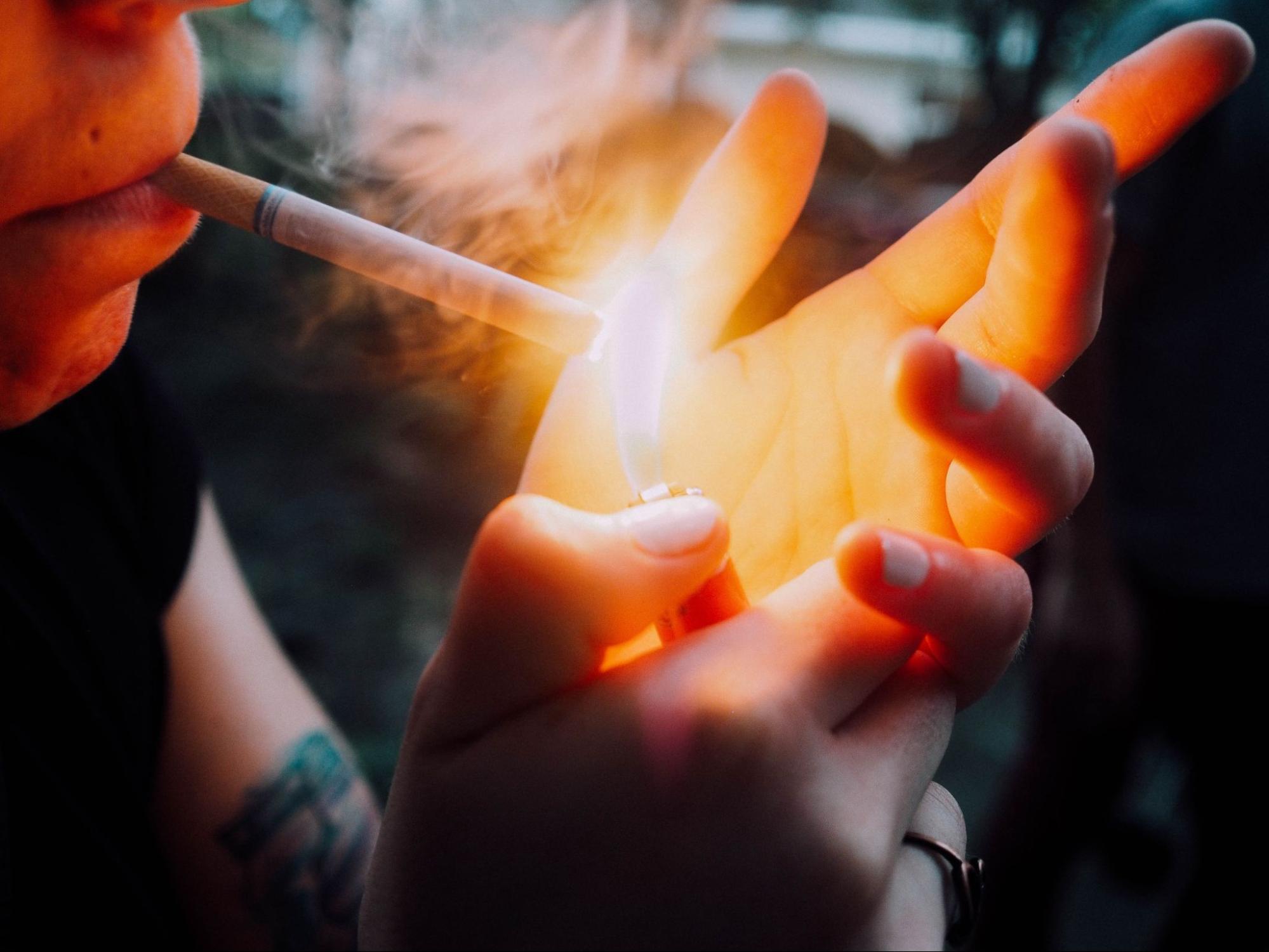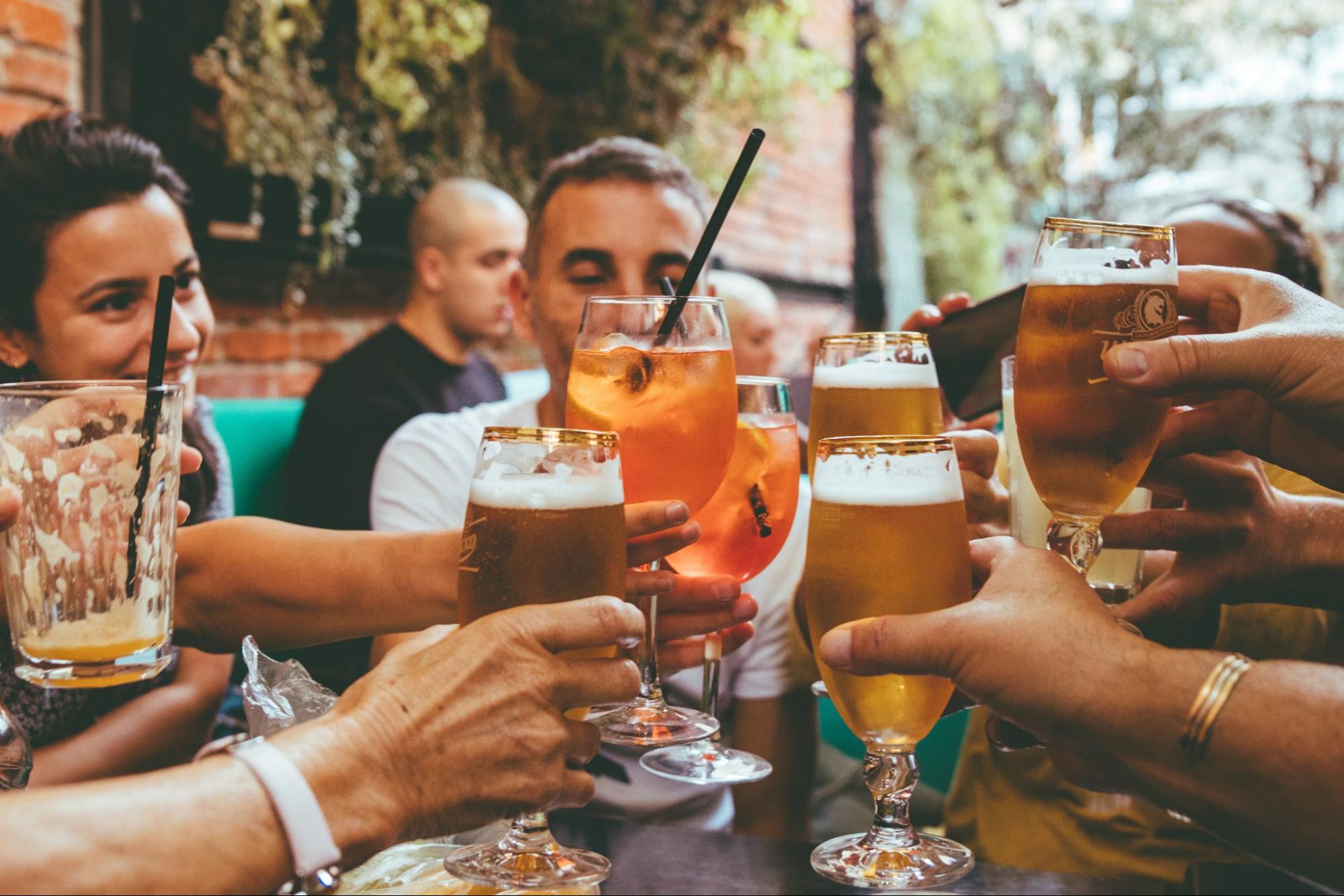8.2 Drug Use and Addiction as a Social Problem
There are many ways to construct drug use and addiction as a social problem. Some textbooks suggest that the use of any illicit drug is a social problem, one that.leads to addiction or other harmful outcomes, such as family disruption. This chapter will not discuss drug use as inherently bad. Instead, we will examine this social problem based on some of the characteristics of a social problem from Chapter 1. As the stories in section 8.1 illustrate, the opioid epidemic impacts everyone, from individuals, to families, hospitals, workplaces and governments. It goes beyond the experience of one individual.
In addition, we remember that a social problem arises when groups of people experience inequality. In this case, we examine how social structures of inequality interact with drug use and cause particular outcomes. For example, those with social privilege are likely to do better if faced with negative consequences of drug use than those with less privilege. Some people can afford to pay for drug treatment programs or have insurance that will cover the treatment. Some people may be more likely to be arrested than others. This chapter will dig into the ways drug use and social structures intersect.
Finally, we recall that social problems must be addressed interdependently, using both individual agency and collective action. In this case, citizens, lawmakers, health care workers, community advocates, and the individuals themselves must act to address the social problem. We’ll look at various solutions in more detail in section 8.6.
8.2.1 Sociological View of Drug Use
Drug use can be a problem for anyone, but it is people’s different social locations that determine how harmful the drug use will be for themselves and for their family, friends, and community. Harmful drug use occurs when it negatively impacts a person’s health, livelihood, family, freedom, or other important aspects of their life.
One of the dominant approaches to understanding addiction involves looking solely at how a person’s brain is affected by drug use. Another popular approach focuses on the psychology of the user and the chemical traits of the substance. Both approaches ignore social issues such as poverty, racism, and sexism that increase the harmfulness of drug use for certain individuals, populations, and neighborhoods. Incarceration, disease (such as HIV) and other negative health impacts, job loss, and family disruption are examples of harms associated with drug use that are more or less likely to occur depending on one’s social location.
In contrast, the sociological perspective focuses on what sociologists call the social determinants of harmful drug use. This perspective avoids blaming the individual and making them responsible for getting the proper treatment and resources to fix issues caused by social inequality and oppression. A sociological lens can help us see how social structures of oppression may lead to substance use and make outcomes worse for the structurally oppressed (Friedman 2002).
8.2.2 Problematic Drug Use
Social scientists point out that a person’s socioeconomic class may impact whether they can continue to work or go to school while using substances (Zinberg 1984; Singer & Page 2014; Friedman 2002). For example, White middle-class users of opioids, like heroin, are less likely to get arrested or go to jail. Therefore they can more often keep their jobs, and still earn money.
Two social factors—institutional racism and drug policy—can turn drug use problematic. Those two factors combined make some individuals, namely Black, Indigenous, and people of color (BIPOC) who use illicit drugs, more vulnerable to the negative impacts of involvement in the criminal justice system. This chapter will discuss how social structures can create and worsen the negative consequences of drug use.
A problem in deciding how to think about and deal with drugs is the distinction between legal drugs and illegal drugs. It makes sense to assume that the illegal drugs should be the ones that are the most dangerous and cause the most physical and social harm, but research shows this is not the case.


Figure 8.2 Smoking and alcohol cause more deaths than illegal drug use
Rather, alcohol and tobacco cause the most harm even though they are legal. As Kleiman et al. (2011: xviii) note about alcohol, “When we read that one in twelve adults suffers from a substance abuse disorder or that 8 million children are living with an addicted parent, it is important to remember that alcohol abuse drives those numbers to a much greater extent than does dependence on illegal drugs. According to the CDC, cigarette smoking kills 480,000 people due to complications from smoking or secondhand smoke. (CDC 2022). Alcohol use prematurely kills 140,000 people per year in the US. These deaths are caused by physical damage related to long term use. They are also caused by drinking too much alcohol in a short period of time. DUI fatalities is one example of this premature death. The rate of premature death is much higher for legal drugs than illegal ones.
8.2.3 Dependence
Substances that we consider drugs interact with our bodies in different ways. Drugs are often grouped by the kinds of physical effects they have. Some drugs, called depressants, slow down the central nervous system. Hallucinogens cause people to hallucinate, to see, hear or experience things that are not physically real. Narcotics, derived from natural or synthetic ingredients are effective at relieving pain, but they depress the nervous system. They are also highly physically addictive. Stimulants speed up the nervous system, potentially causing alertness, euphoria, or anxiety. Finally, marijuana may create euphoria, hunger, relaxation, and dull the sense of time and space.
Important distinctions exist between addiction, physical dependence, and drug use. These three are not mutually exclusive, but they differ from each other in significant ways. Addiction is often associated with a mental health diagnosis such as substance use disorder. Physical dependence means that the body has built up a tolerance to the drug and that one must take the substance in order to not feel ill. Drug use is just that—the intake of a substance that produces a change in your body. This can happen with or without addiction or physical dependence.
8.2.4 Licenses and Attributions for Drug Use and Addiction as a Social Problem
“Drug Use and Addiction as a Social Problem” by Kelly Szott and Kimberly Puttman is licensed under CC BY 4.0.
8.2.2 Difference between drug use and problematic drug use (2nd paragraph) is adapted from “Drugs and Drug Use Today,” Social Problems: Continuity and Change by University of Minnesota Libraries Publishing is licensed under CC BY–NCSA 4.0. Modifications: Lightly edited for clarity and updated statistics
Figure 8.2 a Photo by Charles Etoroma. License: Unsplash License.
Figure 8.2 b Photo by Fred Moon. License: Unsplash License.
